Jazzmaster Bass 3 (1/5)




Hollow plywood body with Mighty Mite 34" neck. Graphtech Ghost piezo saddles with a backup soundhole-mounted magnetic pickup, active electronics.
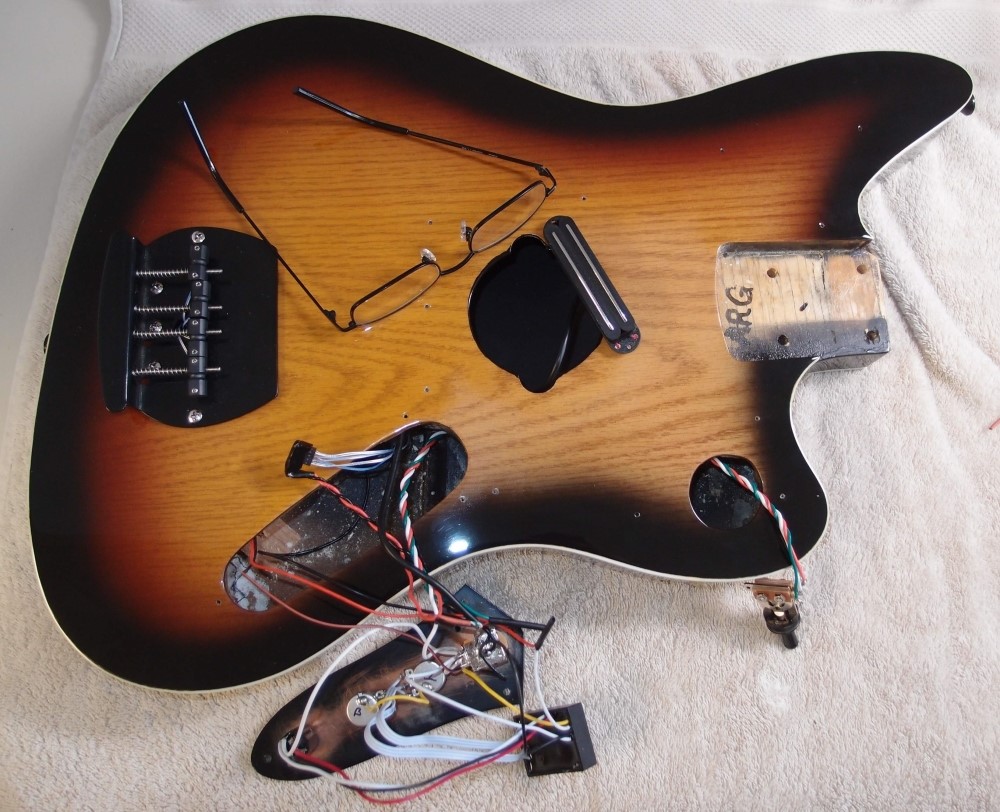
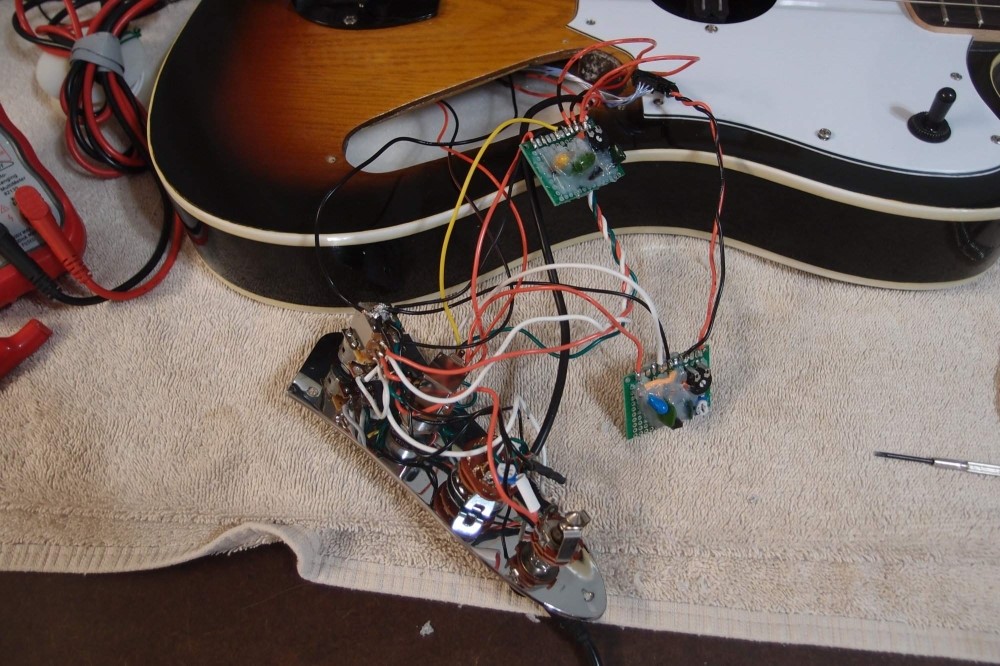
Good thing this is a big hollow-body, because there is a real rat's nest inside. In addition to the Ghost saddles, there is a button piezo mounted under the bridge plate. That doesn't work so well, I should rip it out someday.
After re-assembling the bridge, I found there is a huge difference in output between the button and the saddles. So I took it apart and added a shim between the bridge and the piezo for better coupling. I actually used a penny wrapped in tape, it was about the right size and thickness. That improved matters somewhat, but the button was still lagging behind the saddles in both overall output and bass response. It is impossible to compare the quality of two sound sources if they are not roughly the same loudness - the louder one will always sound better - that is just the nature of psycho-acoustics.
I need to dial back the saddles while maintaining the full output of the button. The only way to do that is to install a second buffer, as you can see above. Fortunately, these cost next to nothing to build, so I don't mind, and right now I have several spares. The trim pot on the second buffer broke, so I removed it and sent the output straight out. For the moment, I am forgetting the magnetic pickup, and just dealing with the piezos. I had to rearrange the wiring on the tone pot switch, and while I was at it, I set it up so that only the buffer in use gets power. No sense powering both at once - I am not interested in what the saddles sound like in combination with the button, just one or the other.
And ... the saddles are still winning, by a good margin. Not only that, but the button still has very anemic bass response. At least it is not picking up a lot of spurious noise from the body, but it is also not picking up the strings very well. In fact, far from being the best spot for the piezo, under the bridge may be the worst. Of course, on a solid body, you don't have many other choices. But this is a hollow body, I can install piezos anywhere I want.
So I installed a second piezo under the top between the bridge and the soundhole. I figure that location won't get thumped a lot by fingers, but still have some resonance. And I was right, it sounds better than the bridge. But still losing out to the GraphTechs. Then I wired both buttons in parallel, combining their output. At first, I had them out of phase, and they canceled each other perfectly until I reversed one. This brought the volume up closer to the saddles, and I tweaked the saddle buffer to match the buttons, which are at max.
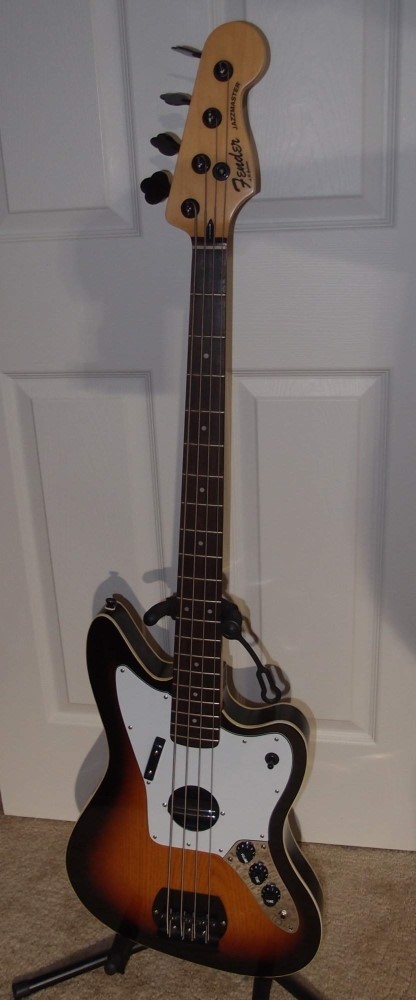
I'm not going to install any more buttons in this guitar. More sensors would raise the volume incrementally, but I don't think it would improve the tone. Finally, I addressed the volume difference between the piezos and the humbucker by adding a trim control to the pickup mode switch and dialing it back to match the piezos.
I think I've learned a good deal:
- the $100 GraphTech Ghost saddles are clearly better than the 50 cent buttons, in every way
- the GraphTechs are brighter and lighter sounding than the humbucker, but with good bass response
- the buttons are sorely lacking in bass response, and are probably best suited for six-strings, not basses
- the buttons are also lacking in output, and I would install them in pairs to compensate
- under the bridge is clearly not the best place for a piezo, probably not even a good place
This has been my first real experiment with DIY piezos. I'd say the buffer is a raging success, while the button piezo sensors are a disappointment. You get what you pay for with the GraphTechs. I'm going to look for some other piezo sensors, maybe something else would work better.
This guitar has a nice unplugged tone, the humbucker sounds awesome in either series or parallel mode, and the Ghost saddles also sound good with the tone backed just a bit. It has become a monster under the hood, but still shows a classic Jazz Bass set of controls on the outside. Although the experimental piezos are lacking, there is no harm in leaving them.
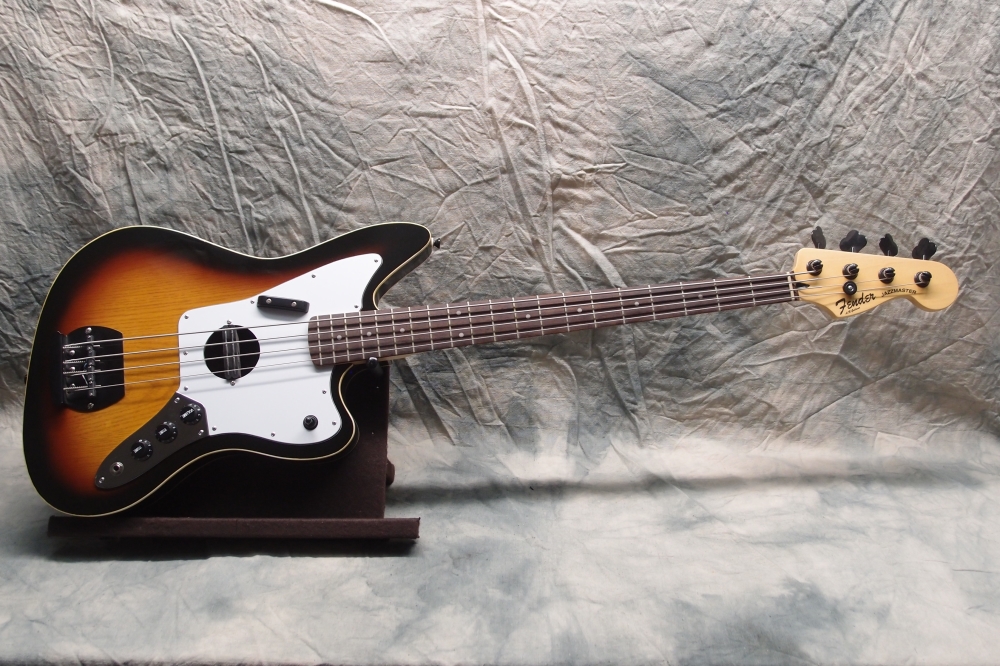
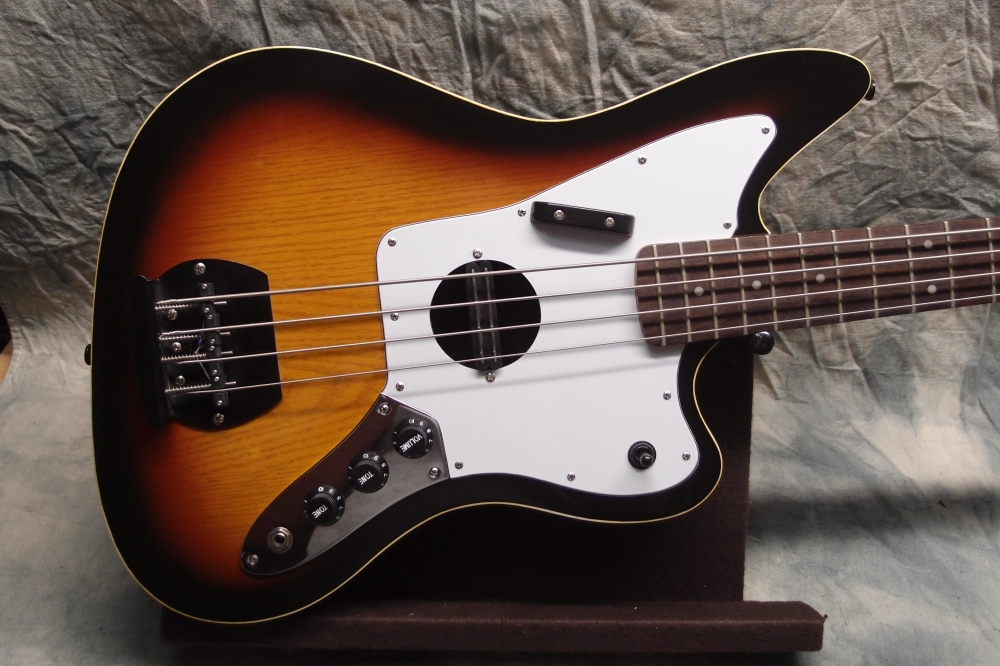
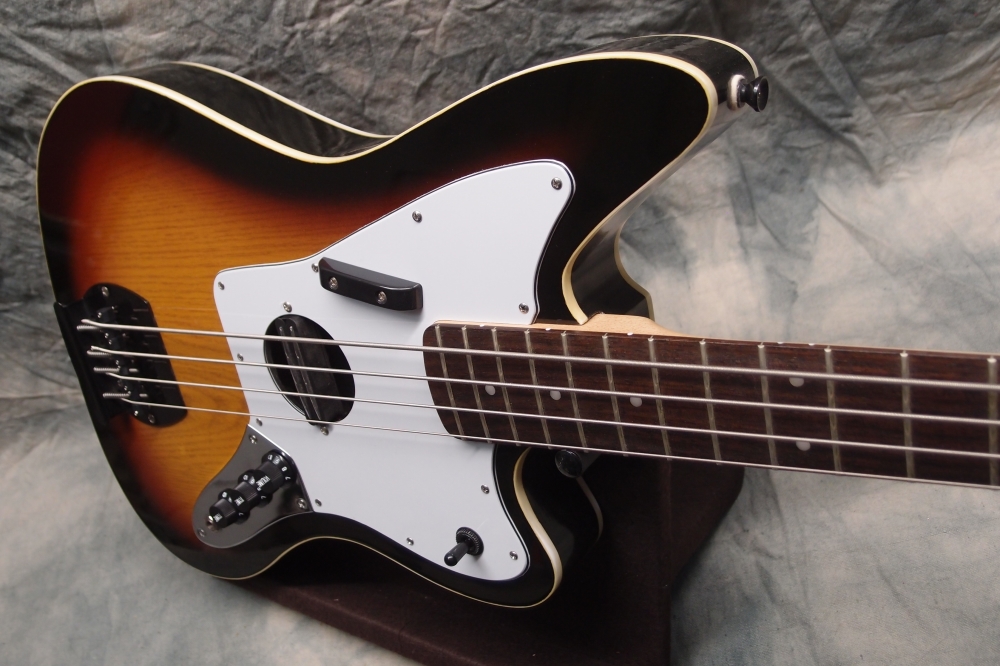
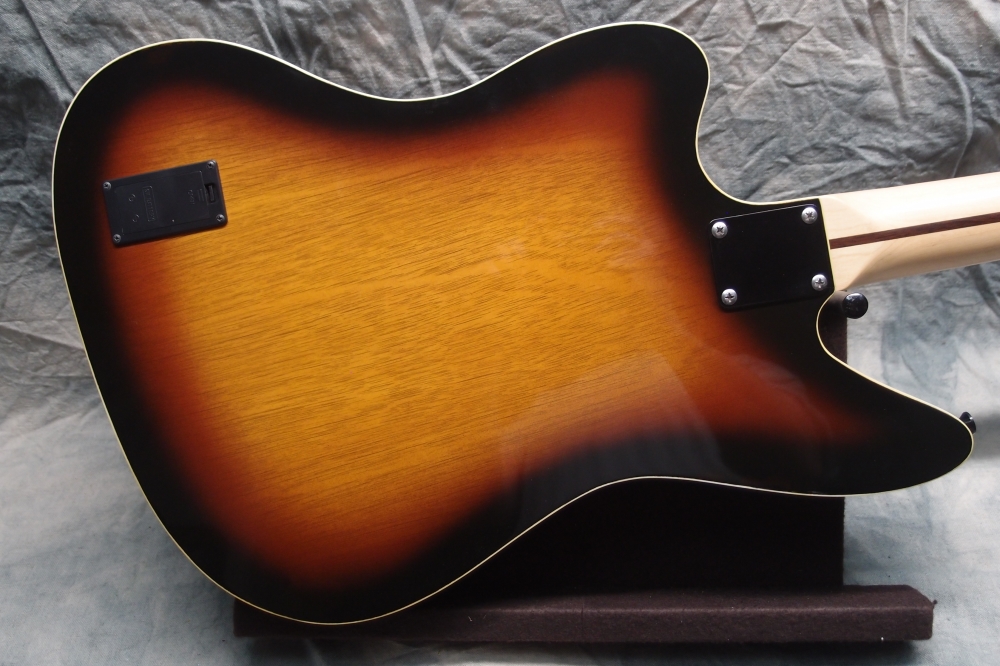
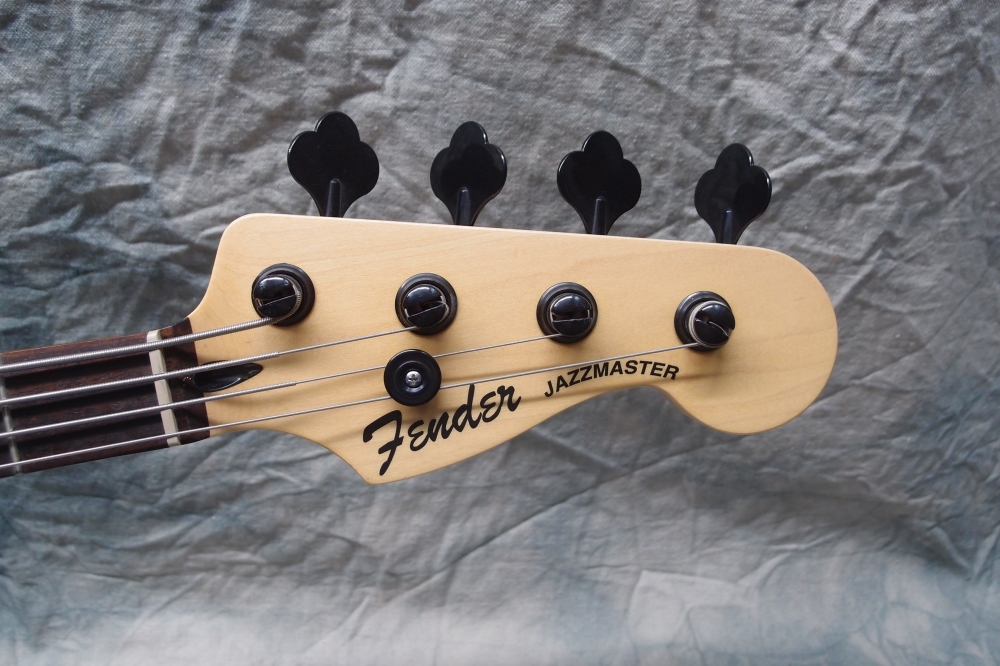

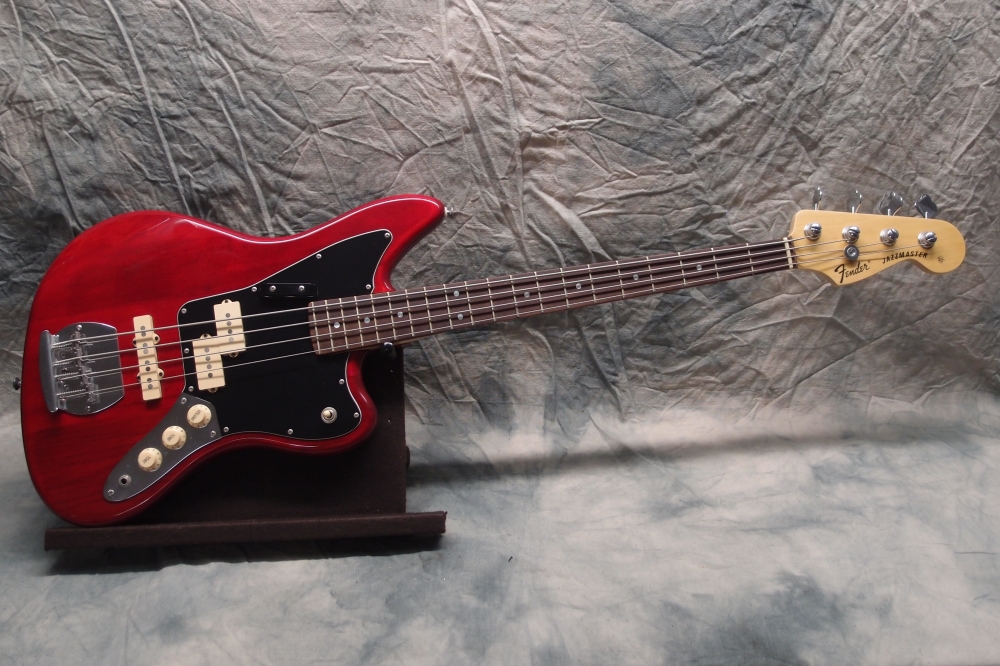


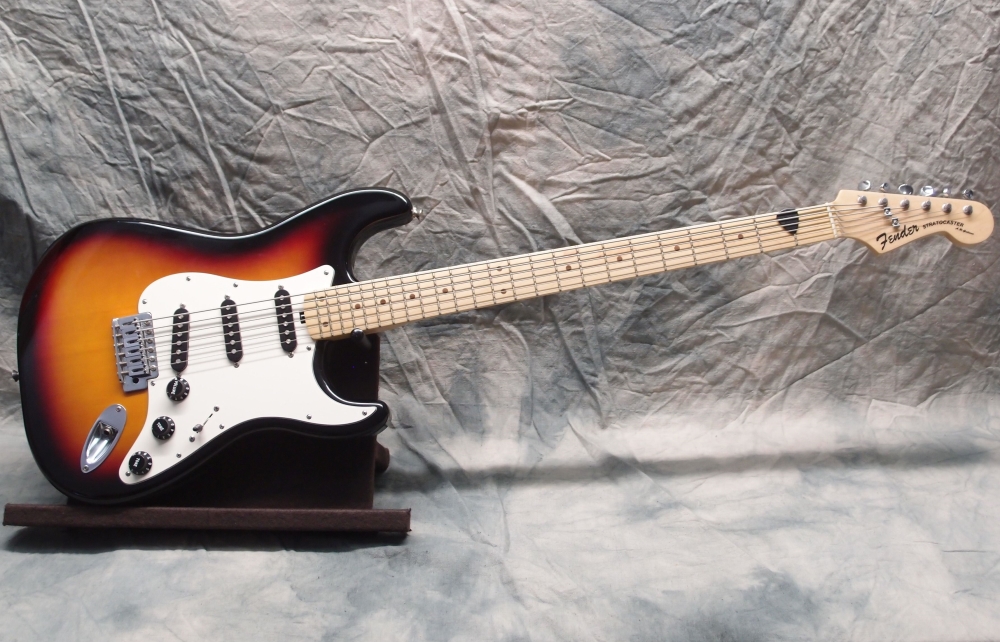
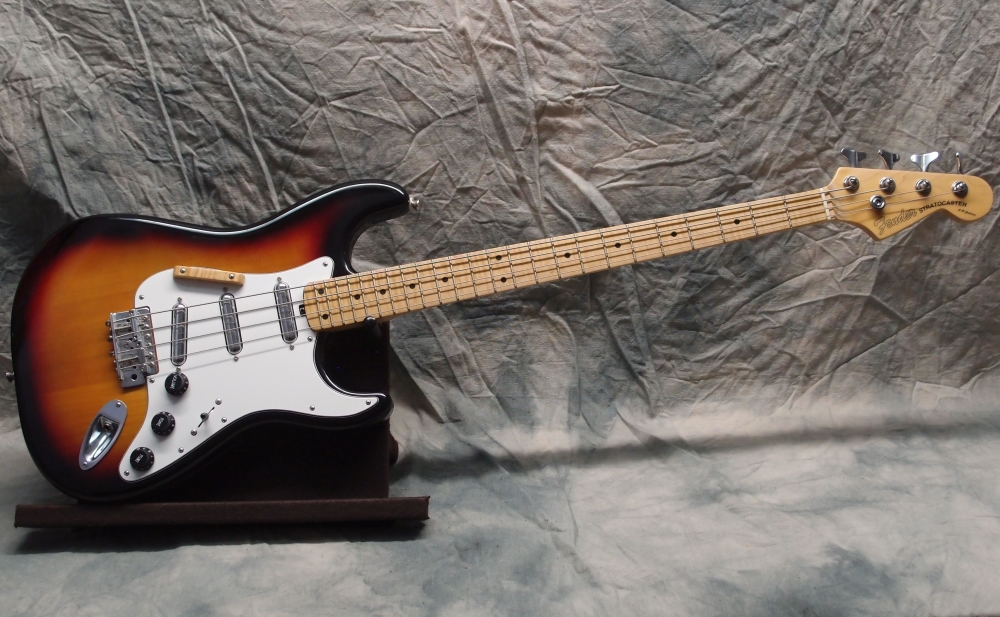
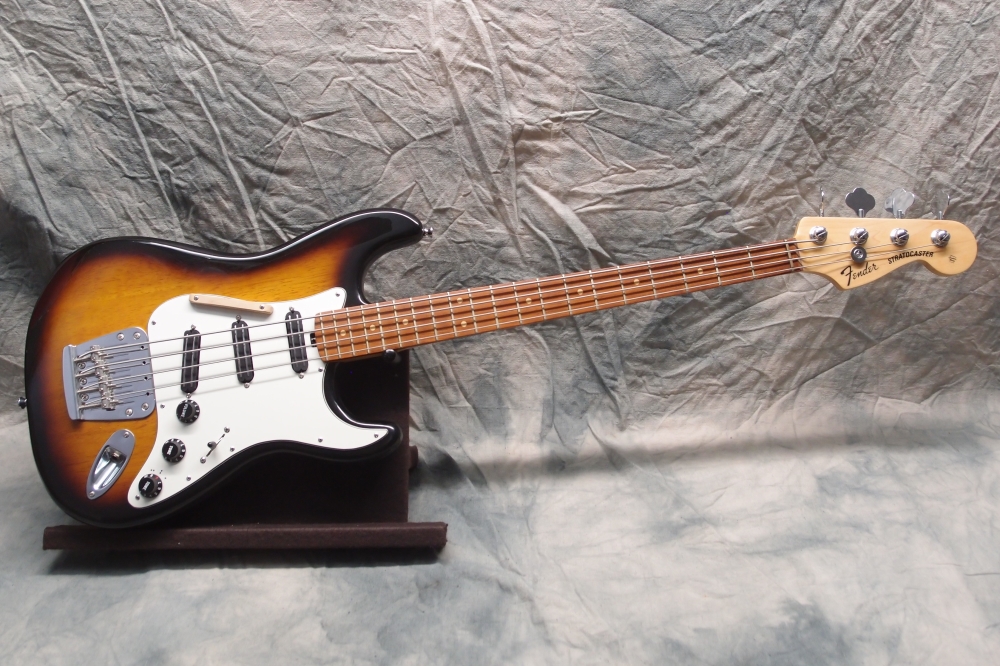
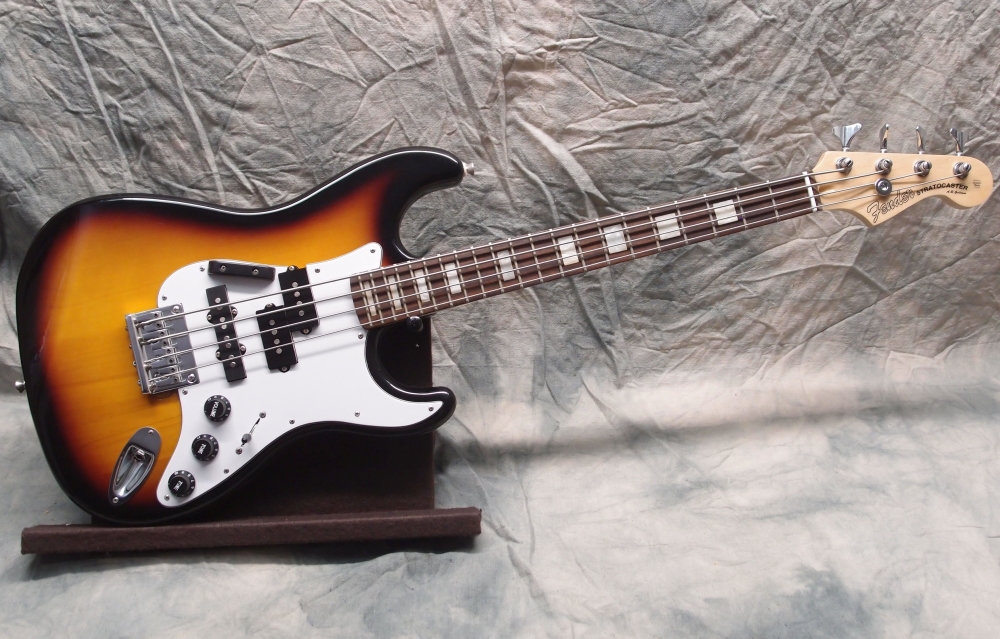
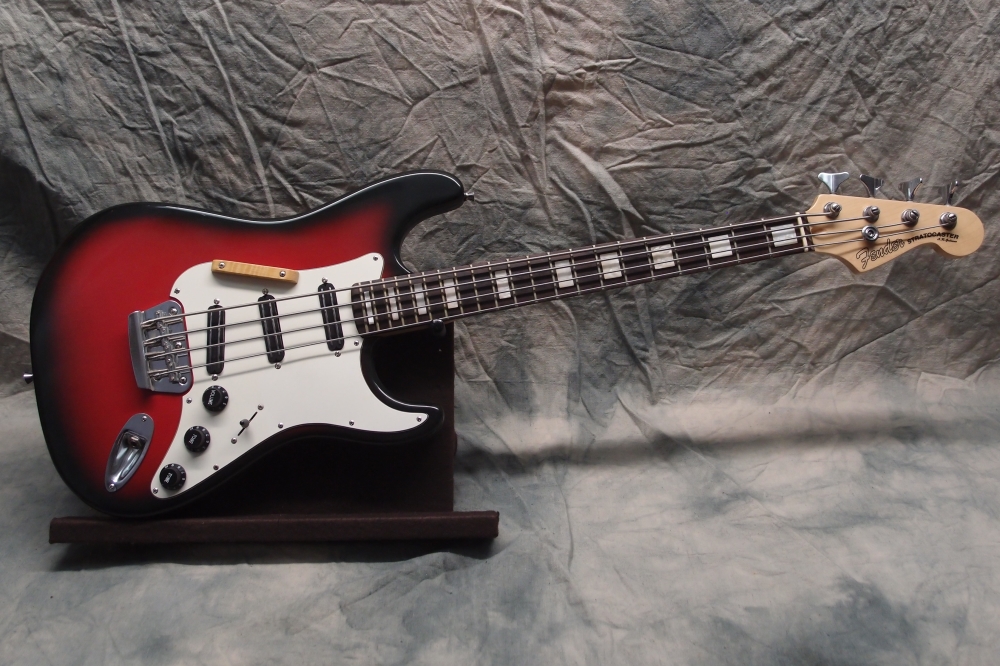
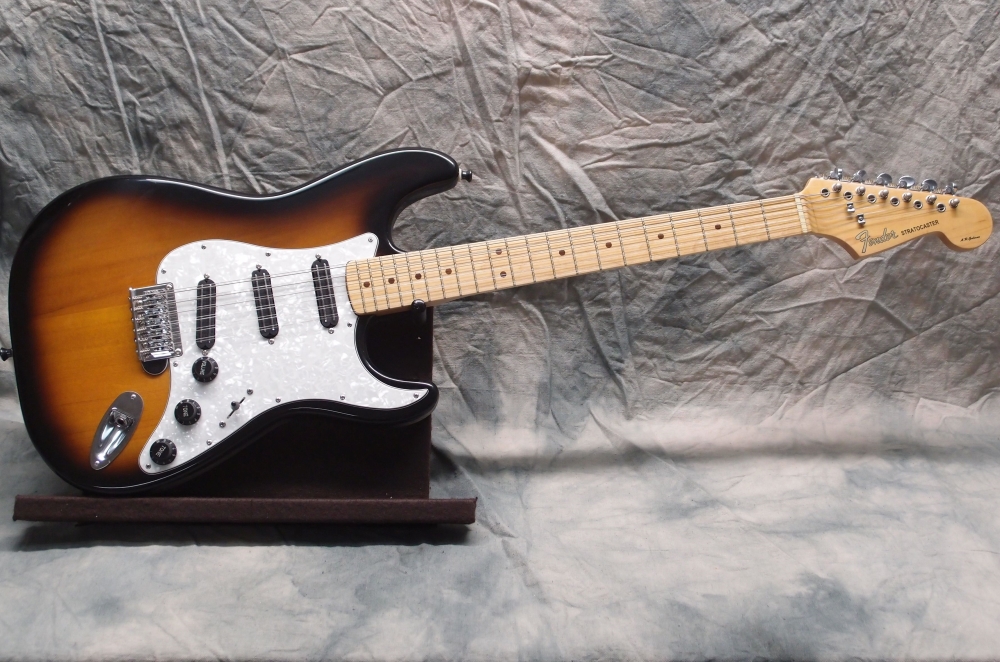
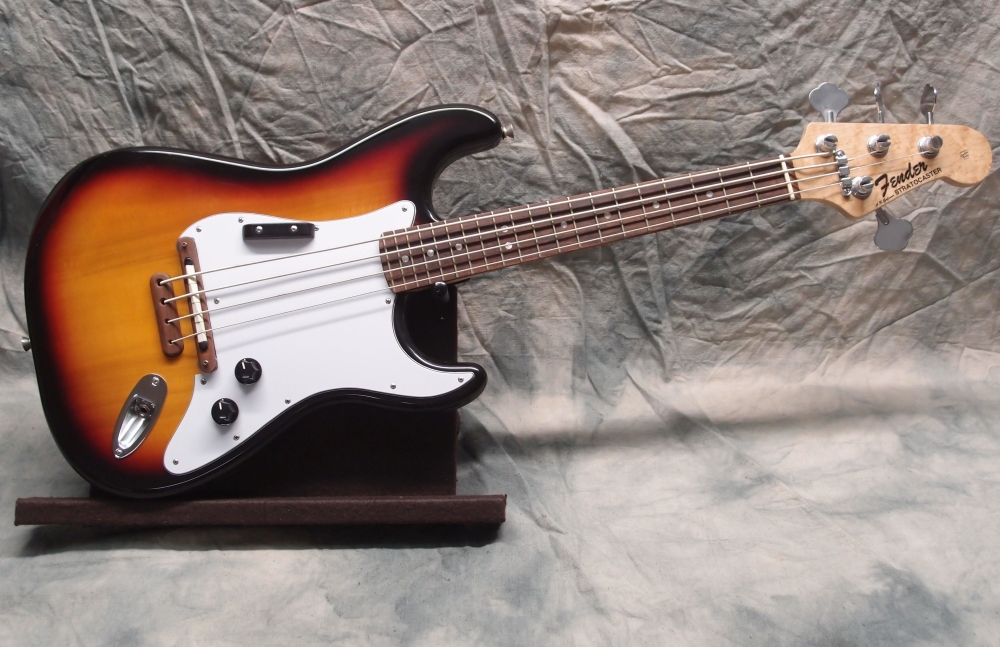
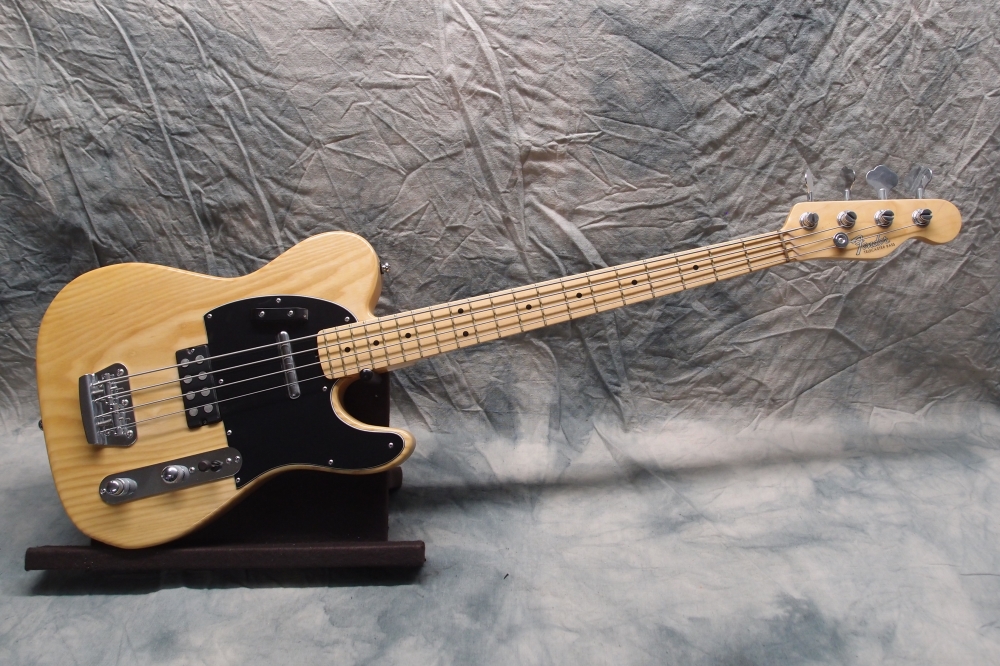
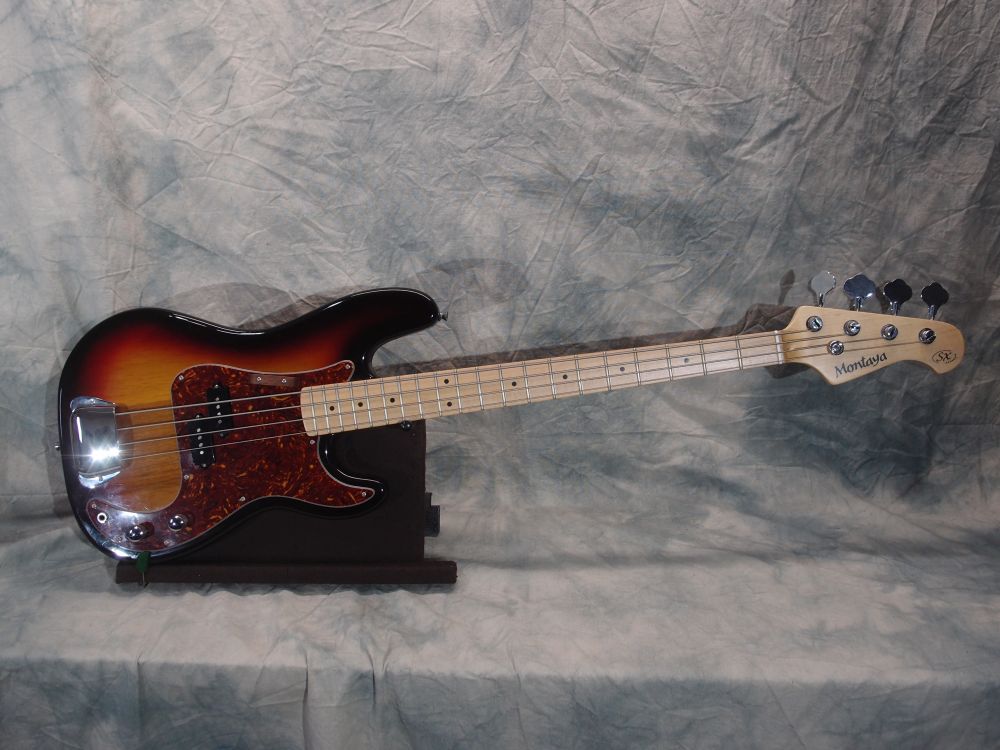
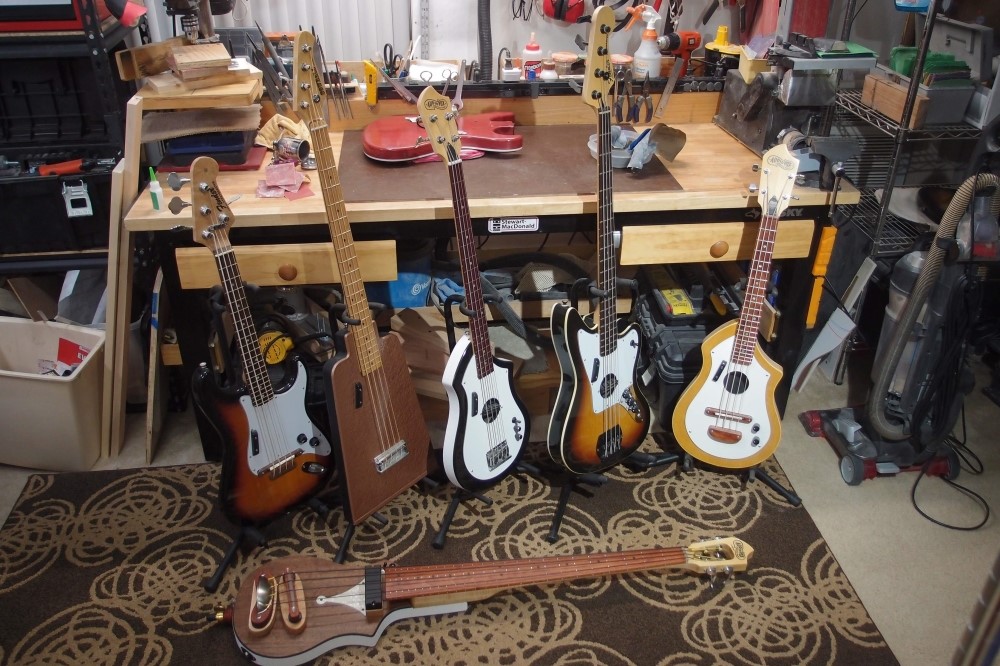
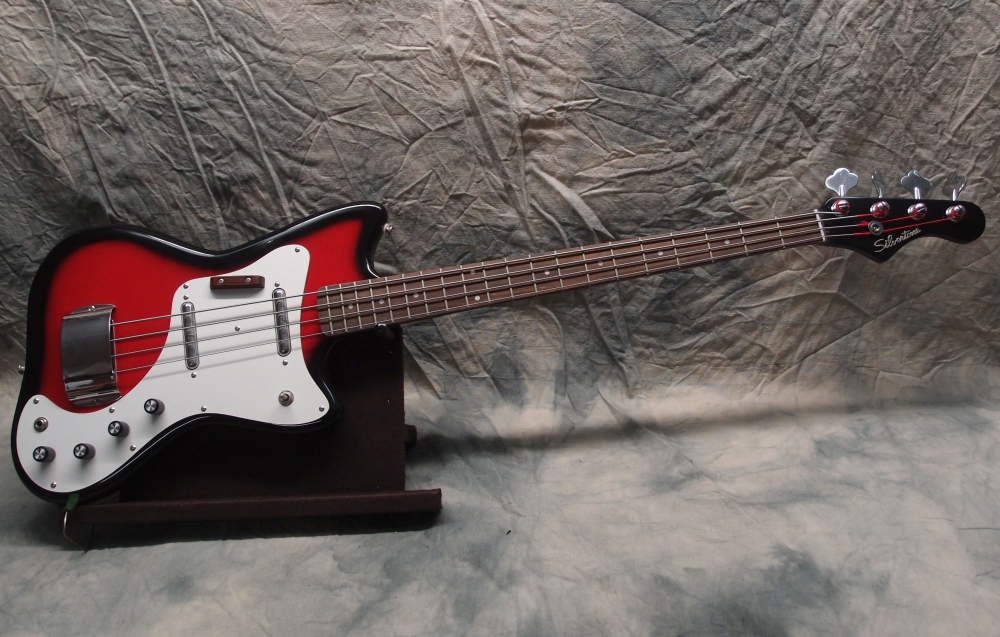


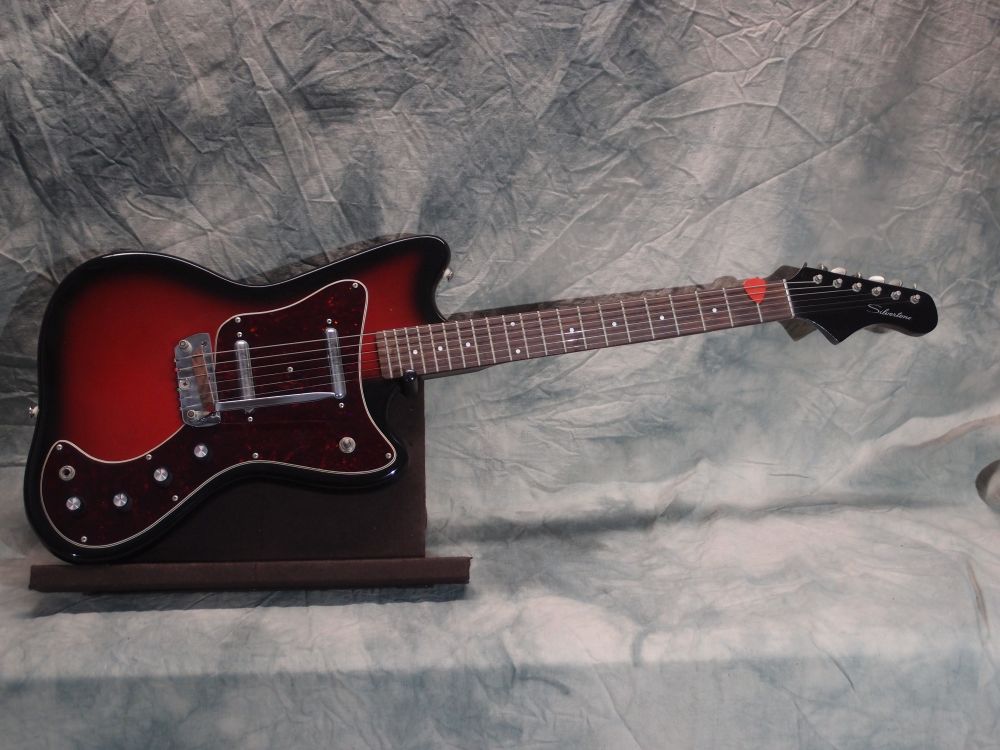
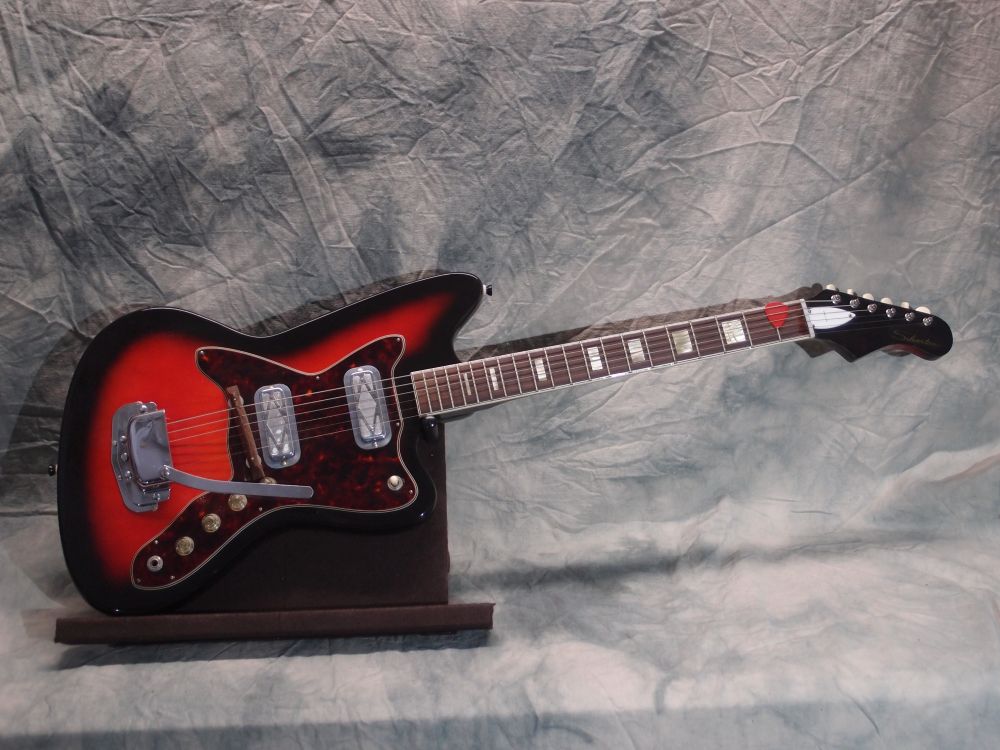

Questions or Inquiries?
Just want to say Hello? Sign the .